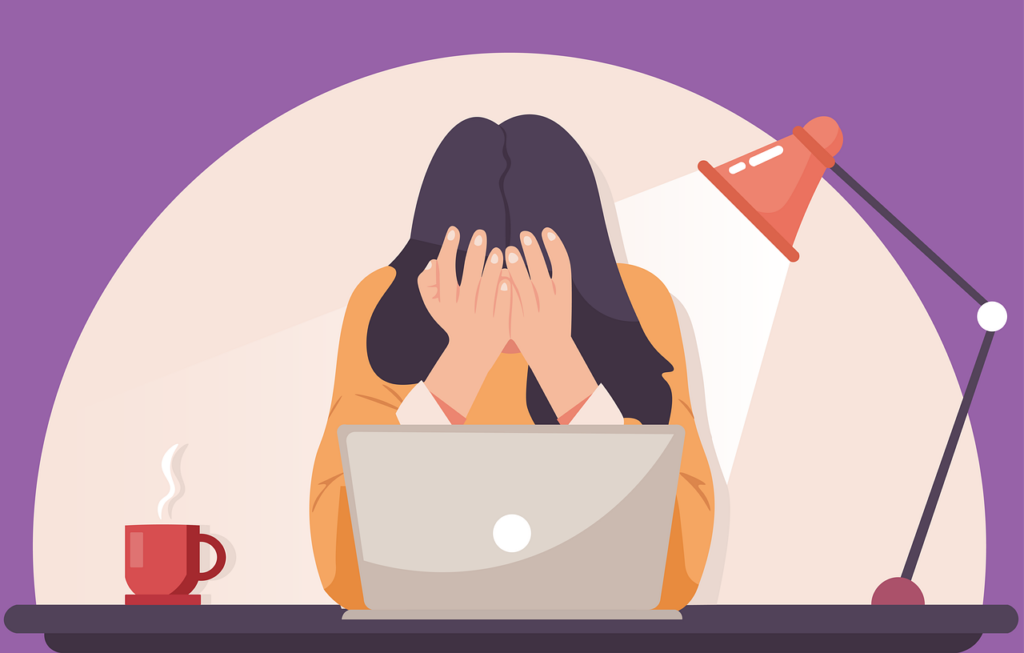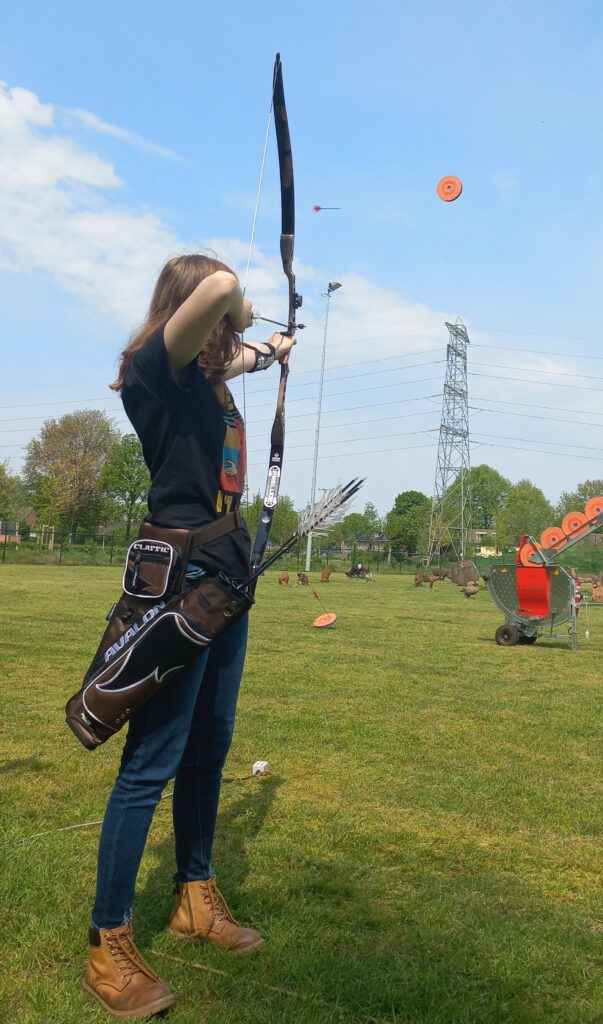Movements during Maladaptive daydreaming
Amber Schippers, 13 october 2023
Do you move your body during daydreaming? Maybe you rock your body, walk around or make certain gestures? You might not be weird for doing so. A recent study explains why movement can be a big part of daydreaming.
A new study
In August this year there was a research article made by Eli Somer about body movements during maladaptive daydreaming (Somer, 2023). This research has shed new light on how movements enhances the daydreamer’s daydreaming experience. Body movement increases the ability to focus on a daydream and creates a sort of hypnotic effect to make it easier for a daydreamer to immerse themselves into a daydream. Some people that participated in this research told that moving their body helped them feel like the protagonist by copying the movements the protagonist made in the daydream. Is this something you can relate to?
Model
Somer compared maladaptive daydreaming related movement with embodiment theories of Winkielman and came up with a model to best explain the role of movement during daydreaming (see the picture below). In short, daydreaming encourages your body to move and this movement in turn stimulates the brain and causes you to feel more intense emotions. These emotions then influence the daydreaming and the cycle is complete.

Movement
Common movements made during daydreaming are for example walking, pacing moving your hands, rocking back and forth or from side to side, laughing and crying. Do you feel like sometimes you don’t have control over these movements? The new study also showed that not all movements come voluntary, meaning that movements made during daydreaming can often be unintentional. The daydream and your movements go hand in hand, because these movements often represent what is happening in the daydream. On the other side, Somer discovered that the people participating in the study were very mindful of their body movements and how onlookers might perceive their movements. Is this something you can relate to?

Moving too much?
Can movements during daydreaming be harmful? Well, it depends. Body movement in itself isn’t harmful and can actually have good health benefits. However, if you move your body for hours at a time without rest, it can cause migraines, muscle soreness, foot injury/pain or joint problems (Eaton, 2016). This is esspecially the case with more intense movement like pacing or running. If you think you might be experiencing physical harm after daydreaming, you can try a few things according to Eaton to lessen the pain. Firstly you can change the content of your daydreams. You can do this by making daydreams less intense. This way you feel less need to respond physically. Keeping your daydreams relaxed by avoiding subjects like fighting or dancing can help. Changing your surroundings by making them less messy or changing the music you listen to while daydreaming to something more relaxing can help as well.
For more information about the role of movements during daydreaming, visit Eli Somer’s youtube video about the subject: https://www.youtube.com/watch?v=F67RzlJdAUc.
For more information about daydreaming, check out our info page:
Sources:
Eaton, G. (2016, 9 augustus). Repetitive Movement While Daydreaming: What You Need to Know. The daydreaming place. Geraadpleegd op 4 oktober 2023, van https://thedreamingplace.com/2016/08/09/repetitive-movement-daydreaming/
Somer, E. (2023, 19 augustus). Body Movements During Maladaptive Daydreaming: A Thematic Analysis of Asynchronous Email Interviews. Journal of Anomalous Experience and Cognition 3, 267-299. Geraadpleegd op 4 oktober 2023, van https://doi.org/10.31156/jaex.25004




